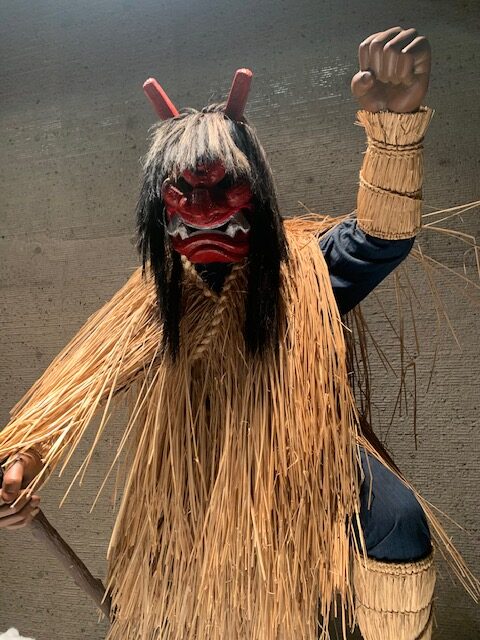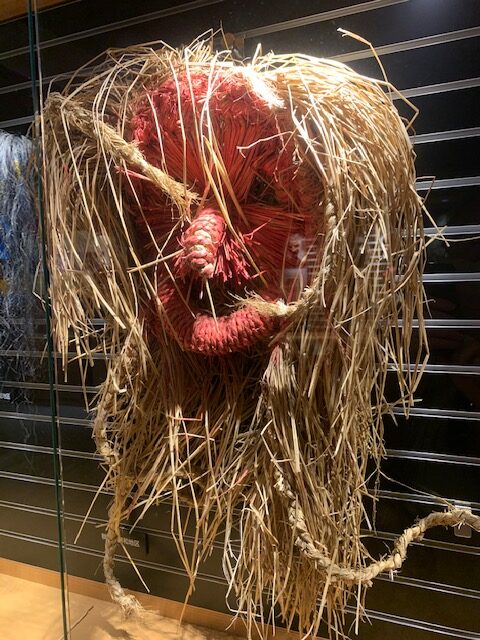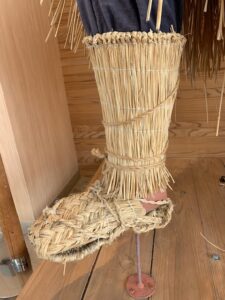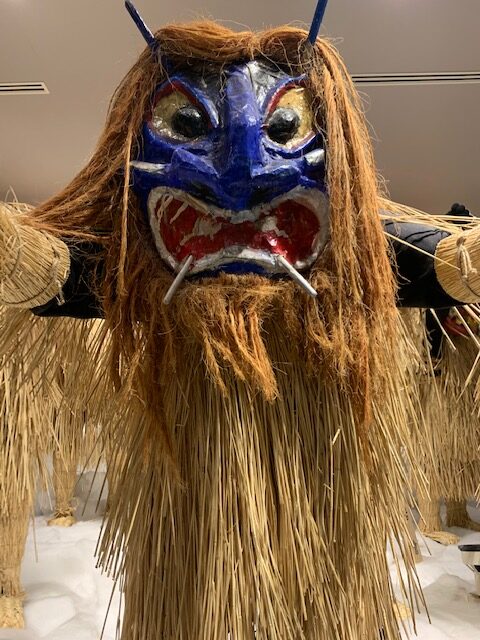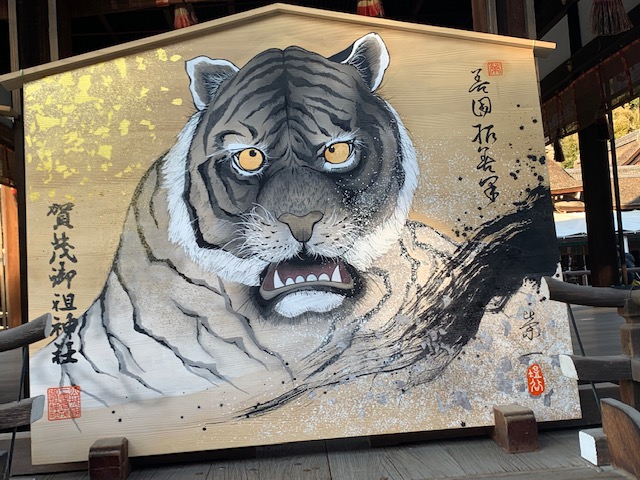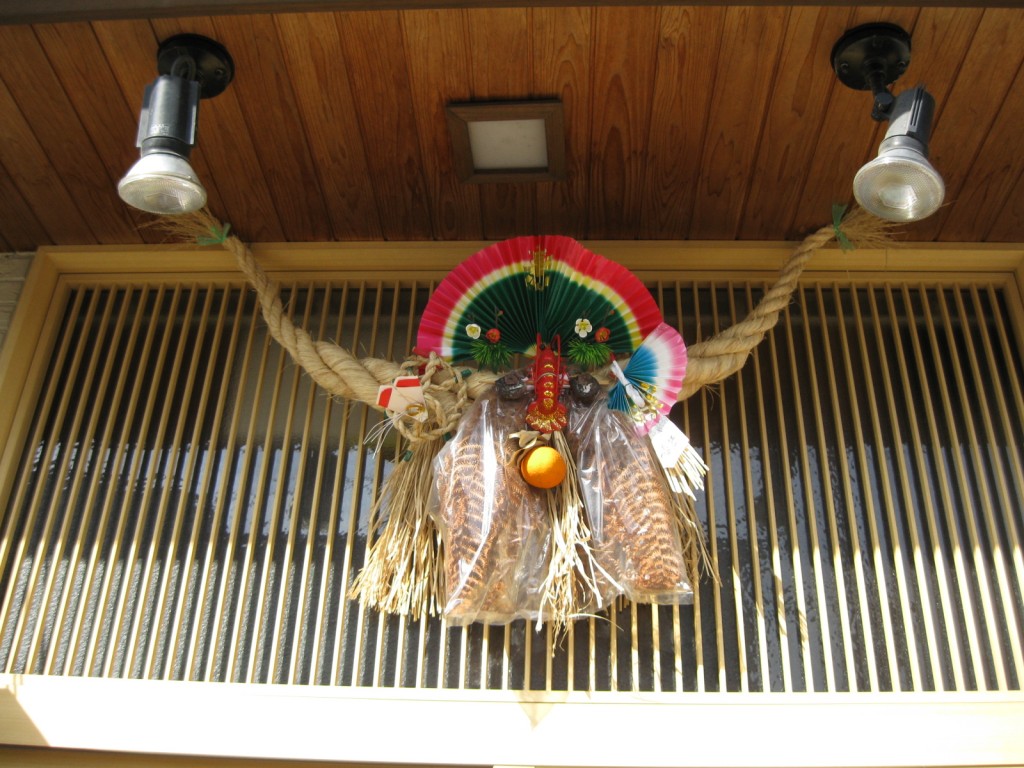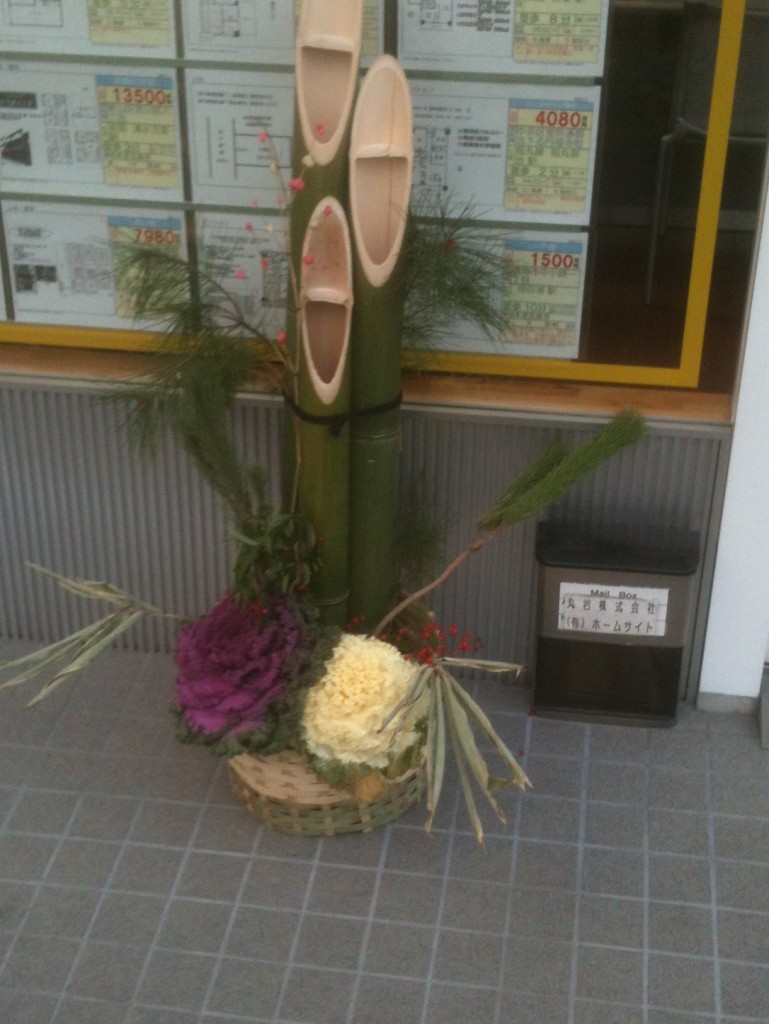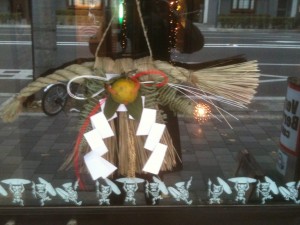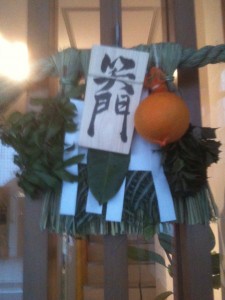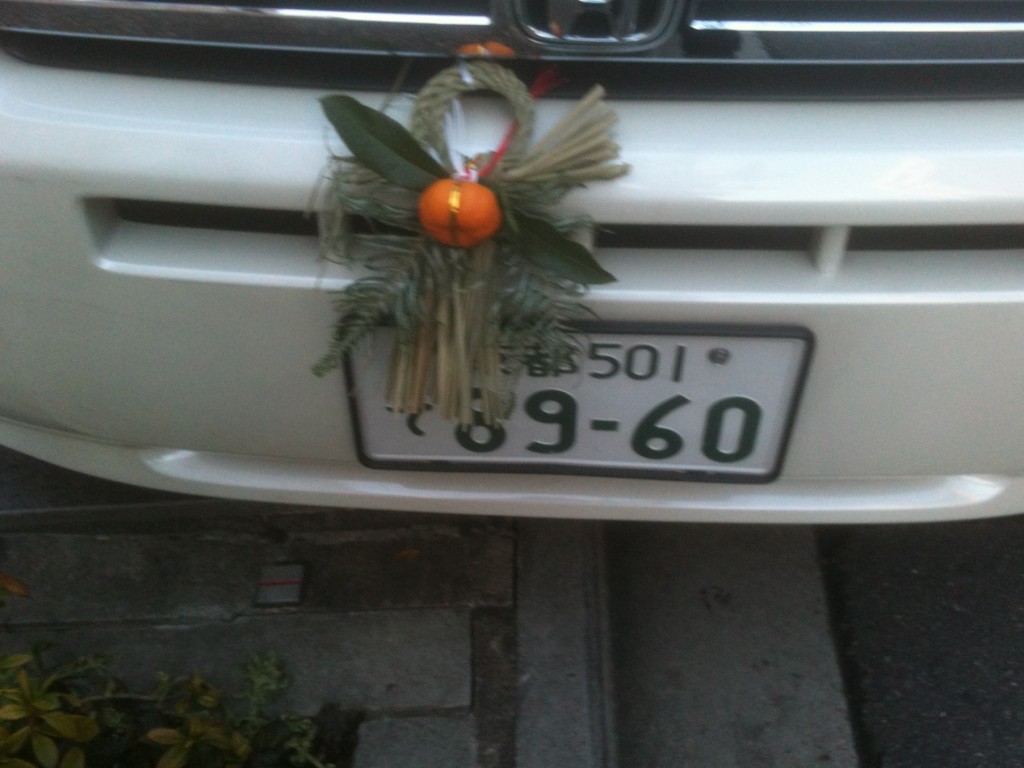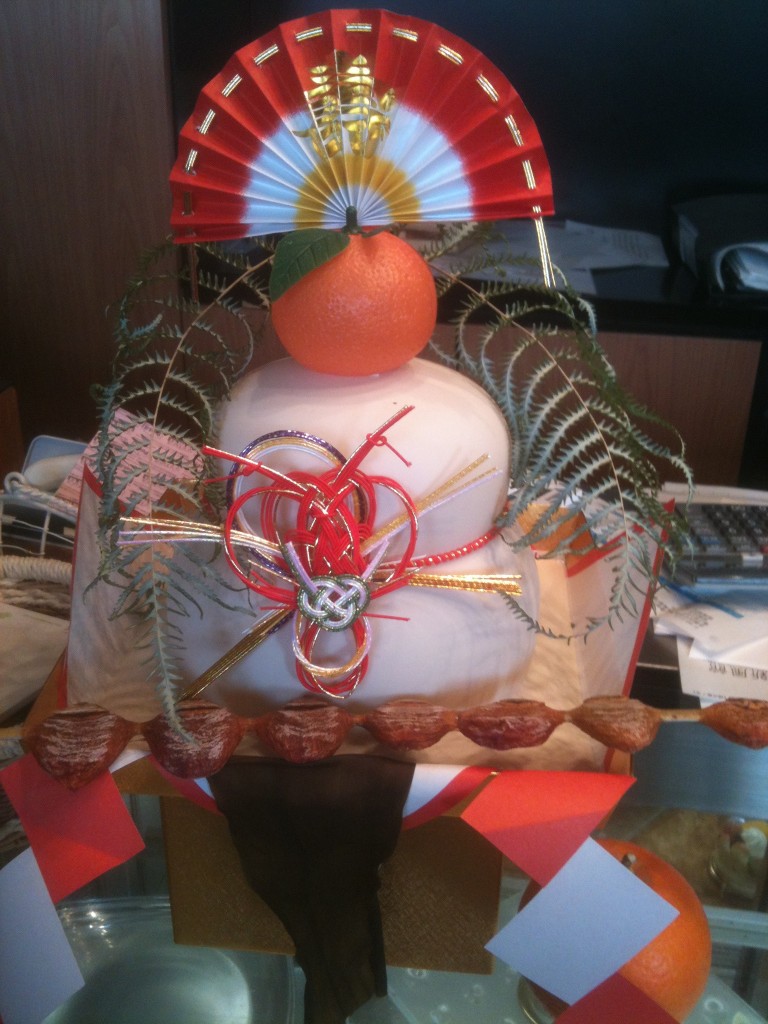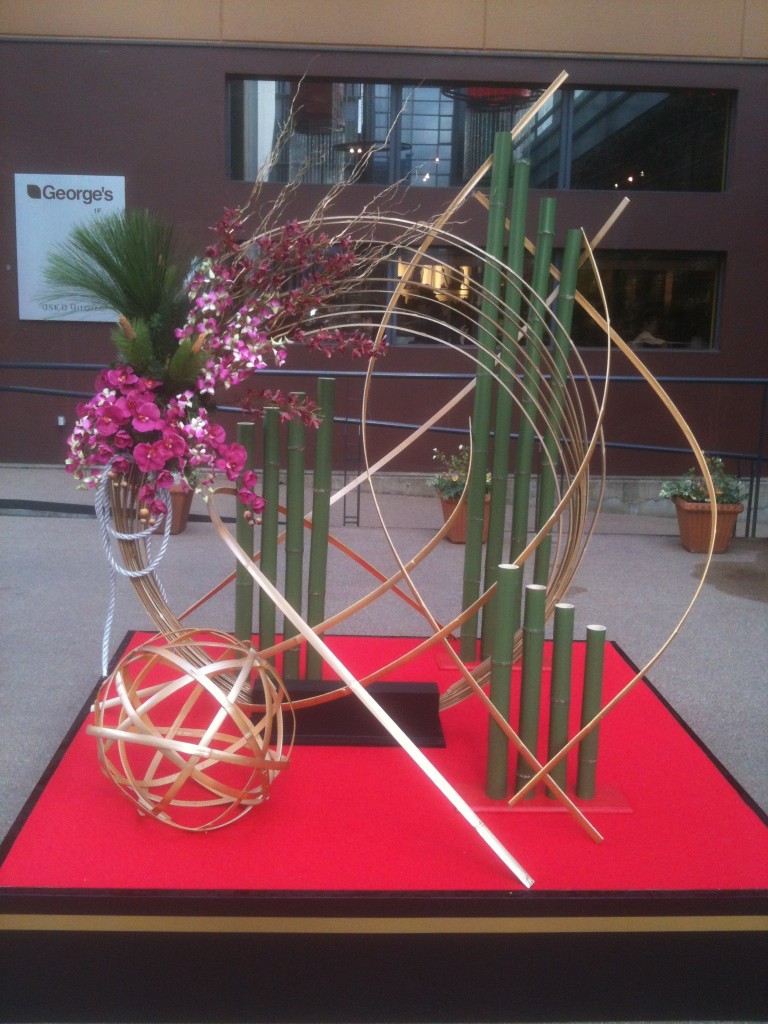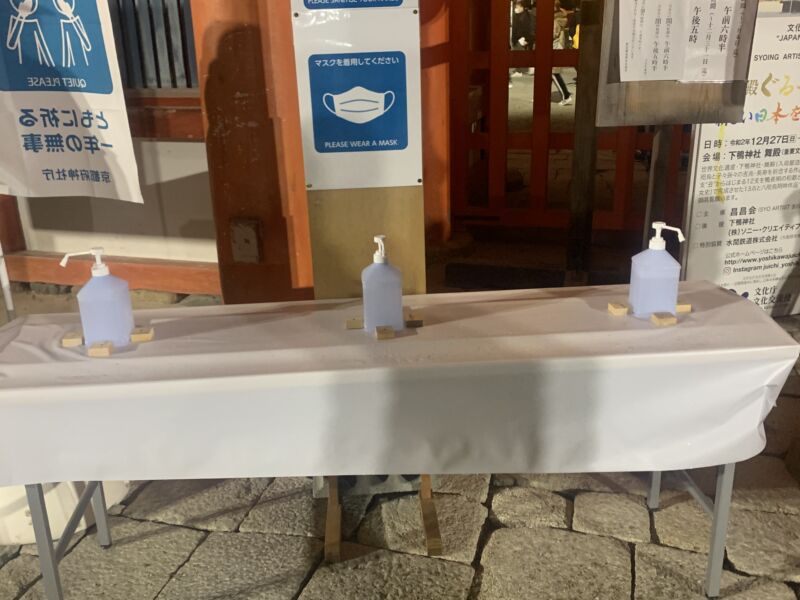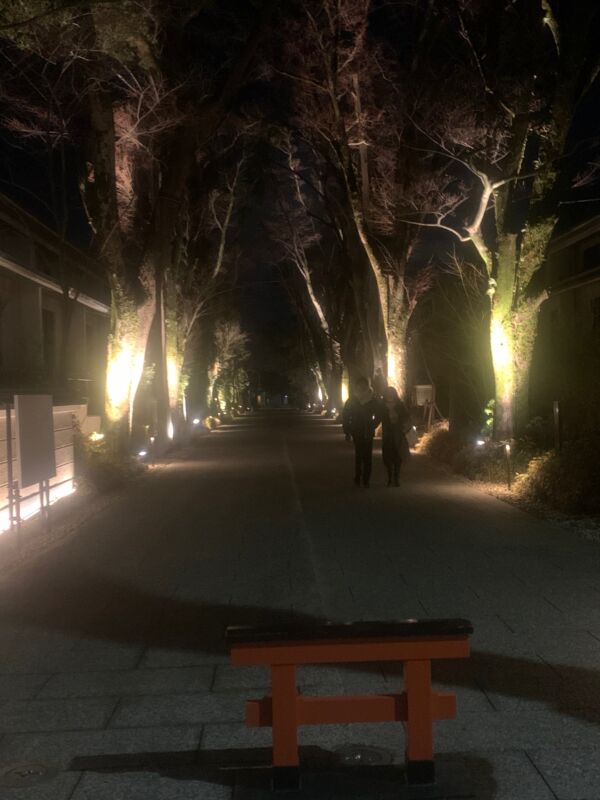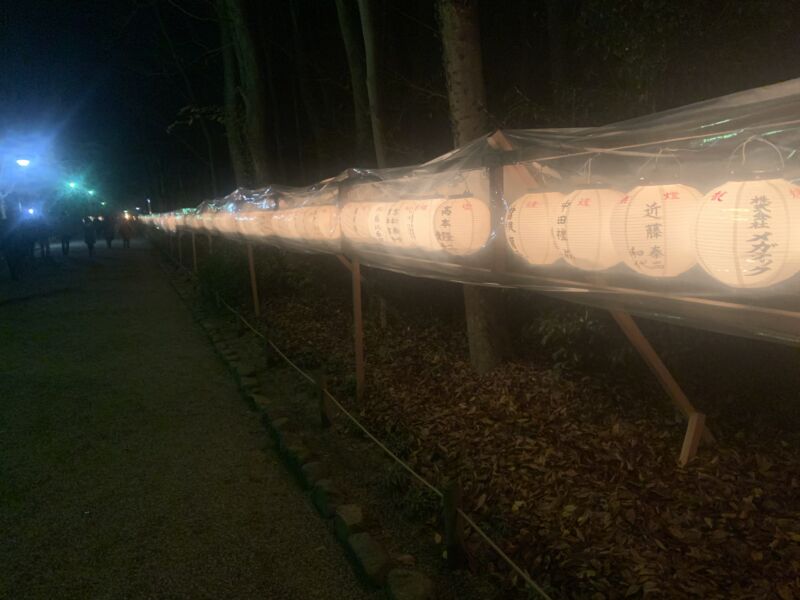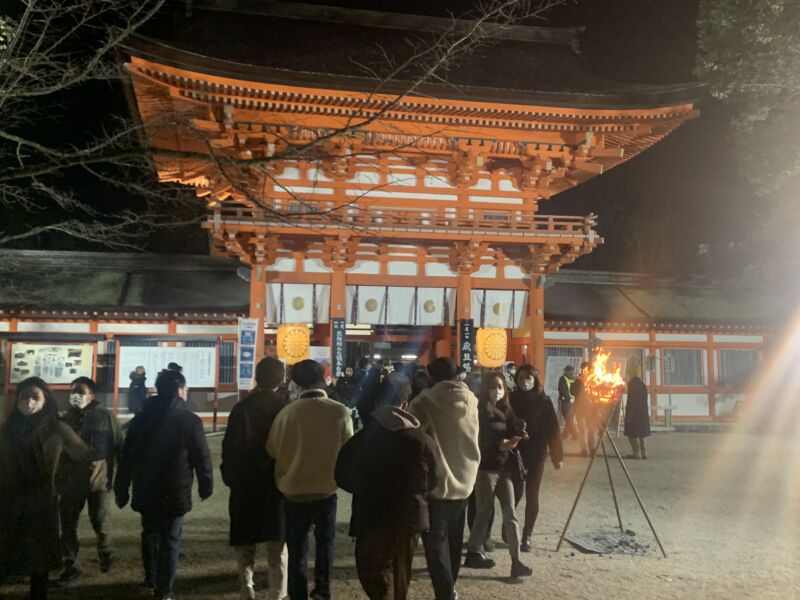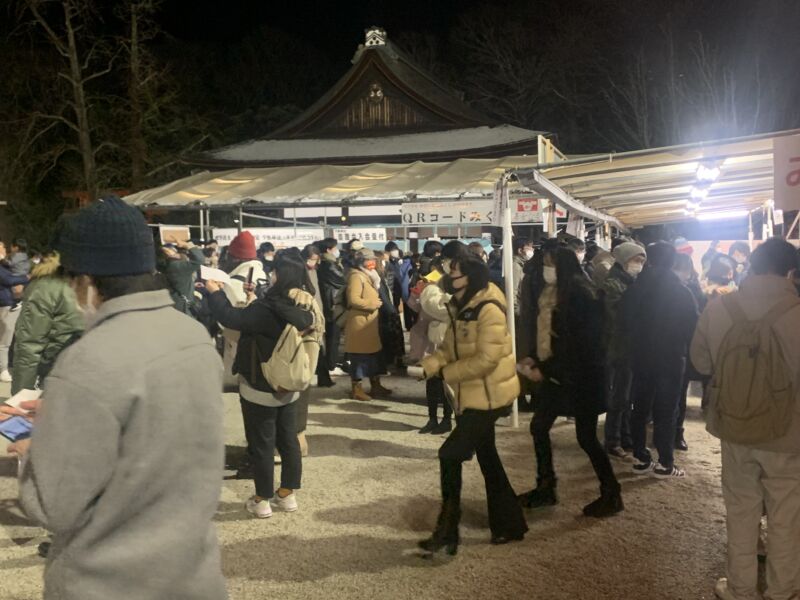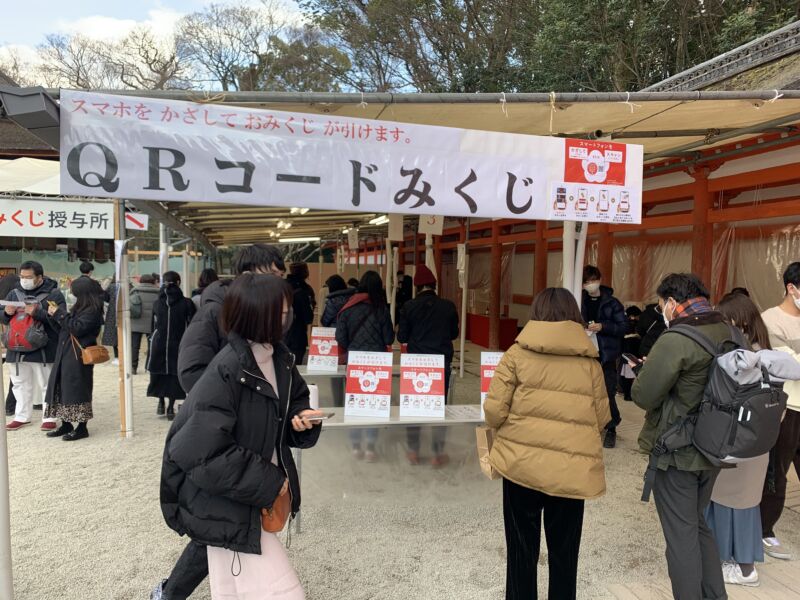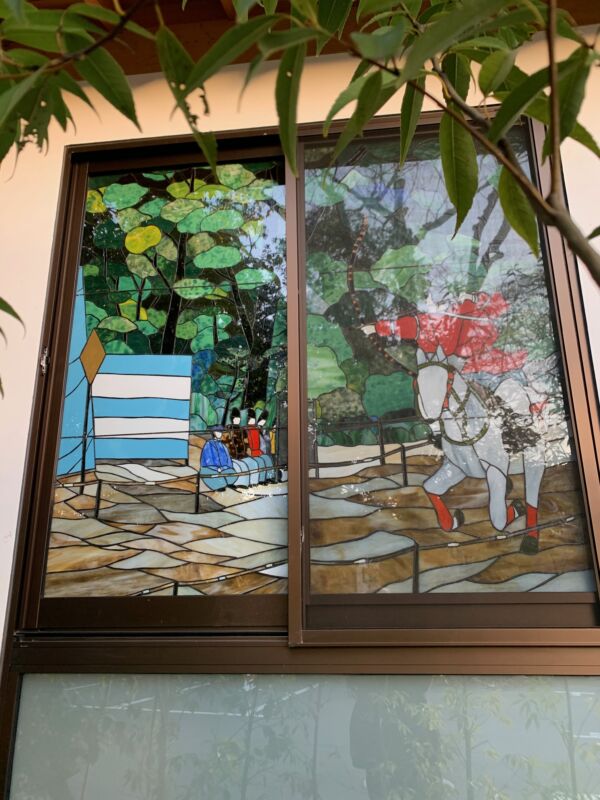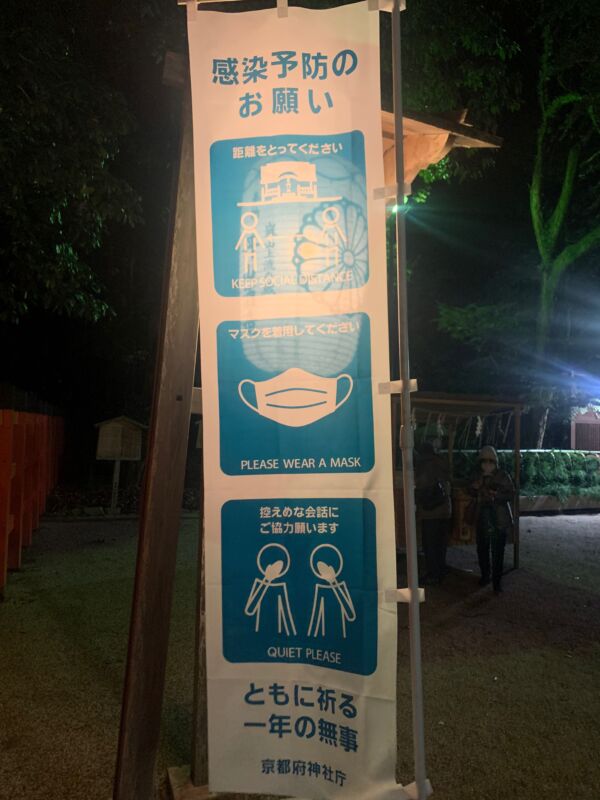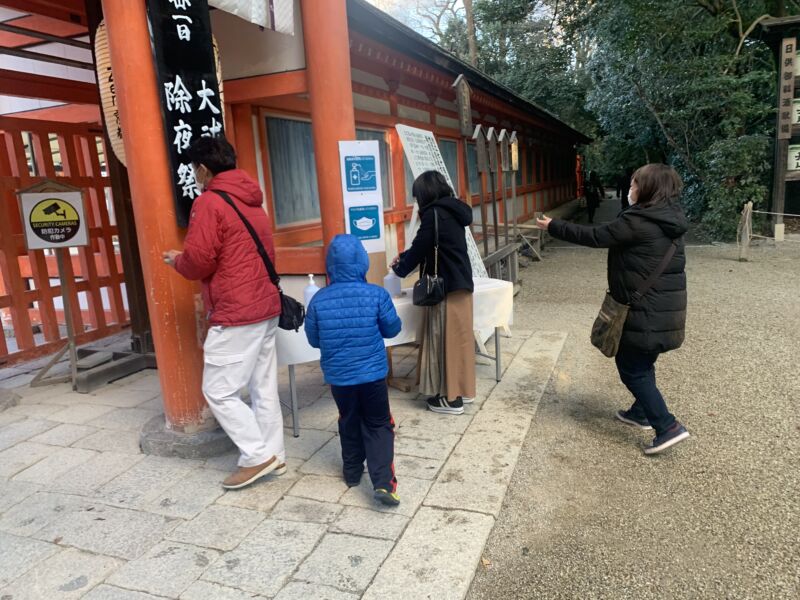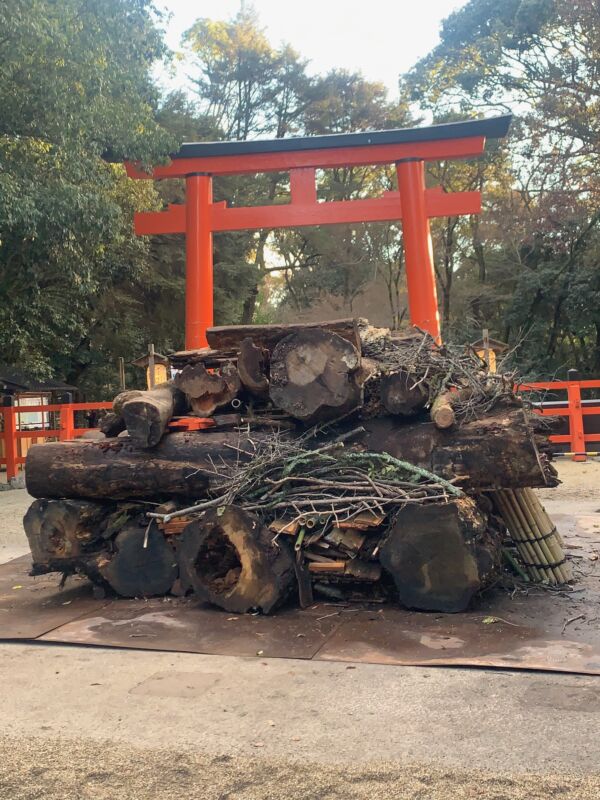Imagine a grotesque red face, straggling thick hair, pointed horns and a creature enveloped in straw which hangs down to the waist. Straw armbands and straw sandals complete the clothing, and in its hand is a staff. Pierced cheeks and sabre teeth suggest something half-human and half-monster, and from out of this bizarre assemblage come deep roars. Imagine too an infant secure in the family house being suddenly confronted by such a creature. Terrified, the child bursts out crying but the parents look on proudly and beam happily.
Such is the Namahage Festival, peculiar to the Oga Peninsula about an hour’s distance from Akita City. By tradition it was held in villages on the first full moon of the new lunar year, but with the introduction of the Gregorian calendar in 1873 it was moved to New Year’s Eve.
The festival is very much a village affair, but the Namahage Museum is intended for the public, so it comes as a surprise to find that at Oga Station there is no bus connection. In fact there is virtually no transport on offer but a two-hour ‘taxi tour’ that cost more than my hotel room. At least there will be some local chat, I consoled myself, but the driver was unusually taciturn and clearly not enamoured of his job. Either that, or in Bruce Willis style he was having a very bad day.
The main exhibit at the museum are the costumes, made anew for the festival every year. In the past masks were shaped from anything to hand, such as clay, plywood and even tin, though nowadays they are all wood. The straggly hair is made from hemp fibre, horsehair or matted human hair. Rather than evil beings, the ogres are seen as friendly, bringing the promise of health and a good harvest. Videos show how the costumed strangers are welcomed by parents, who offer them food and drink. ‘Are there any children here who don’t do their homework?’ demand the demons. By this time terrified toddlers are in tears.
For Westerners this looks like a clear case of child abuse, but in the Far East it ispart of a shamanic tradition that privileges the life force. Babies that cry loudly show vigour, thereby promising a healthy future. A similar notion underscores festivals with Chinese dragons, when parents offer babies to be ‘bitten’ for good luck. Should the baby burst our crying, it is a good omen. There is even a contest called Cry-Baby Sumo (Nakizumo), when babies held by sumo wrestlers compete to be the first to cry. One big squeeze is all it takes.
Namahage’s origins are unknown, but it could have originated with mountain ascetics emerging unwashed from the woods and visiting houses to pass on the spiritual merit they had acquired. True or not, the festival has won recognition from Unesco as an Intangible Cultural Heritage, ensuring it will not die out. For children on the Oga Peninsula even if Father Christmas does not appear, the Namahage surely will.
On the little train back to Akita I was seated just behind the driver, which afforded me a close-up of his actions. To his right at eye level he had the itinerary with scheduled times written on a long strip of paper, and before arriving at a station he would run his finger over the name and check the time next to it with his clock, then double check again with the schedule. Approaching a signal, he would point at it while saying out loud the name.
Though it was only a local train, the place for doors to open was clearly marked on platforms, and the train pulled up inch perfect at the designated spot. At each station he would stand up and stick his head out to check anyone getting on or off. All in all he was a busy man, and the busyness kept him alert. In its way watching him was as fascinating as watching the chefs in the Otaru sushi shop. The punctiliousness was after all what makes Japan special – that and the Namahage.

